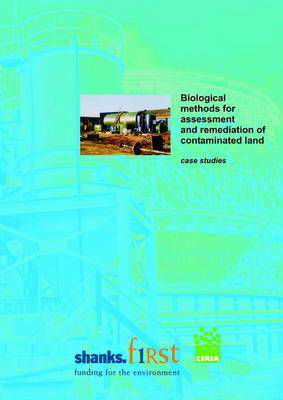Biological processes to treat contaminated land (bioremediation) have had widespread use in North America, several countries in mainland Europe, and in the UK. The general technical consensus is that remediation (biological or otherwise) should usually take place in a risk management context to break pollutant linkages. Risk assessment is the defining discipline for this management approach. Conventional approaches to risk assessment are based on evaluations of contaminant toxicity and exposure to organisms (a function of bioavailability). The evaluations are informed by conceptual site models developed using site investigation data. Typically estimations of toxicity and bioavailability are generic in nature, based on overall assumptions, which have to be rather conservative in order to provide an acceptable level of protection for all types of site and contamination problems. Biological techniques have begun to be used as tools to provide site specific estimates of bioavailability and ecotoxicity, for use in risk assessment. There is great interest in developing these biological test methods further as they are seen as potentially offering a more direct appraisal of risks.Bioremediation techniques include monitored natural attenuation (MNA), biosparging, groundwater recirculation, landfarming, biopiles, bioreactors, phytoremediation, treatment beds and windrows.
This report includes a series of case studies showing that bioremediation can cost-effectively treat a range of contaminants under redevelopment, transaction or proactive risk management scenario. The case studies selected are representative of many of the technologies in commercial use in the UK.
- ISBN10 0860175758
- ISBN13 9780860175759
- Publish Date 21 May 2002
- Publish Status Active
- Publish Country GB
- Publisher CIRIA
- Imprint Construction Industry Research & Information Association (CIRIA)
- Format Paperback
- Pages 178
- Language English
